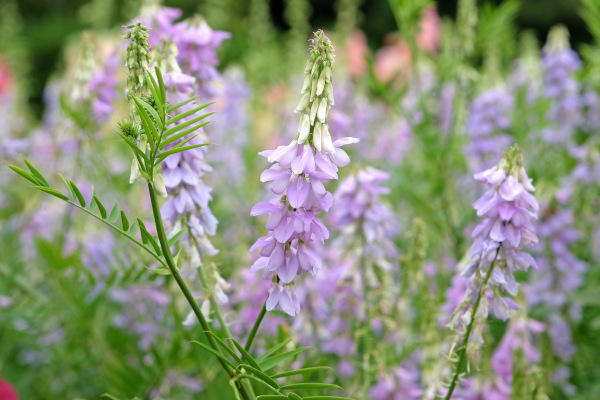How to grow Galega
There are two main varieties of Galega - officinalis and orientalis - from which many cultivars have been developed. These are herbaceous plants in the subfamily Faboideae which belongs to the legume family.
We supply Galega officinalis which is an ancient medicinal wildflower used in the past as a diuretic and a symptomatic treatment for diabetes as well as treatment for snakebites and the plague! It is also now also valued as a stunning, informal favourite with both gardeners and bees and butterflies.
Plants produce strong, tall stems which bear racemes of small, intricate pea-like flowers in June and July each year. Blooms are borne over clumps of attractive bushy, pinnate foliage which emerges in spring and remains until the first frosts. A superb inclusion in cottage gardens or for wild, natural planting styles, stems can also be cut for the vase.
Plants are said to be very tolerant of neglect and even thrive in poor soils where they will produce their own fertiliser as the root nodules host nitrogen fixing bacteria which assists the plant in feeding itself and the surrounding soil. Native to Central and Southern Europe, Galega officinalis prefers to be grown in damp soil of any kind and likes a spot in sun or partial shade. A fully hardy perennial which retains its foliage from March to November and matures over 2 to 5 years, reaching up to 1.2m tall with a spread of 90cm.
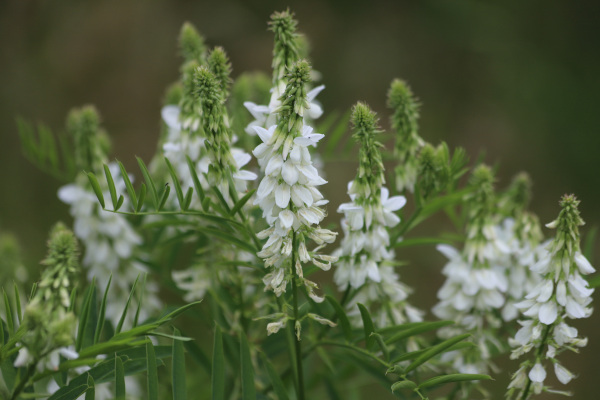
Zantedeschia is a genus of flowering plants from the family Araceae and is native to southern Africa. With a rich history dating back to the Ancient Romans, these deciduous or semi-evergreen perennials have been used as a symbol of celebration. Zantedeschia was Named after Professor Giovanni Zantedeschia, an Italian botanist.
There are two main forms of Zantedeschia: hardy and tender. Hardy forms of the plant can be grown outdoors, enjoy moist soil and full sun or partially shaded conditions - these are known as Arum lilies. Tender forms of Zantedeschia prefer being grown in containers or pots and should be brought inside over the winter - these are known as Calla lilies.
With tuberous flora in all colours from whites, yellows and oranges to deep reds and purples, Zantedeschias are not to be overlooked in any garden, as long as they have sufficient sunlight to grow in.
Ready to learn more about growing Zantedeschia? Read on for all there is to know...

Key Information
Soil pH
Position
Hardiness

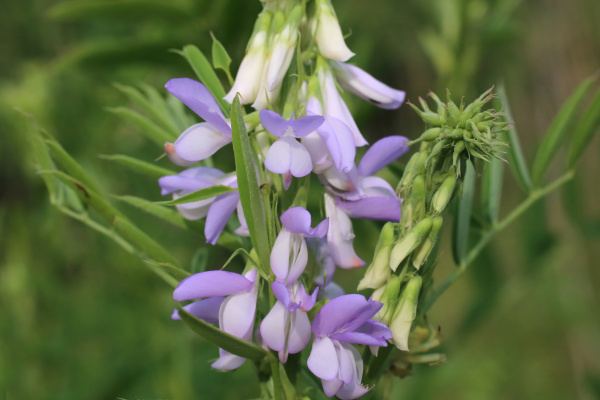
Where & when to plant Galega
Position - Sun or shade with any aspect other than north facing
Soil - Moist, well-drained soil of any kind.
Flowering Period - June and July
Hardiness - Fully hardy herbaceous perennial. H7 (-20°C and below)
Galega is best planted in spring or autumn, although it is fine planted in summer as long as you are prepared to check moisture levels and water regularly whilst the plants establish themselves.
Plants fit well into cottage or informal gardens as well as a mixed border and are perfect for wildflower and pollinator friendly planting. They prefer an open sunny site although they will tolerate partial shade. May spread rapidly in fertile soil so keep in check if this is an issue.
How to plant Galega
- Dig the soil area removing any large stones and weeds and breaking up any lumps.
- Rake level and firm with your heels. Rake level again.
- Water plants well and allow to drain before planting.
- Place the plant in the hole, ensuring the top of the root ball sits level with the surface of the soil. Too low and the plant may rot, too high and the roots can dry out.
- Backfill with soil and firm in gently with your foot.
- Soak well with water.
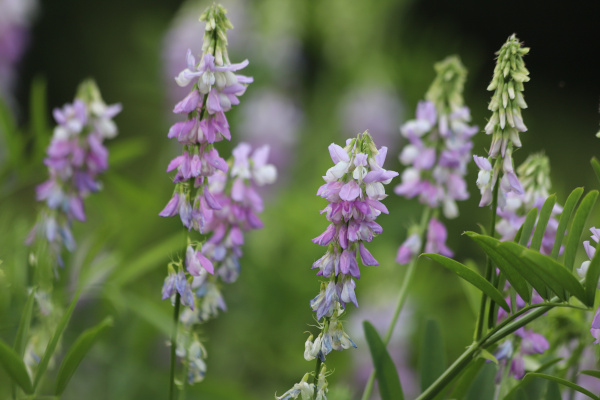
What to plant with Galega
If planting at the back of a border, then Stipa gigantea or other tall grasses will mingle well. Evergreen shrubs such as photinia or garrya will offer extended interest alongside Galega, whilst shorter, bright blooms such as rudbeckia and penstemon will contrast well and extend the flowering season too.
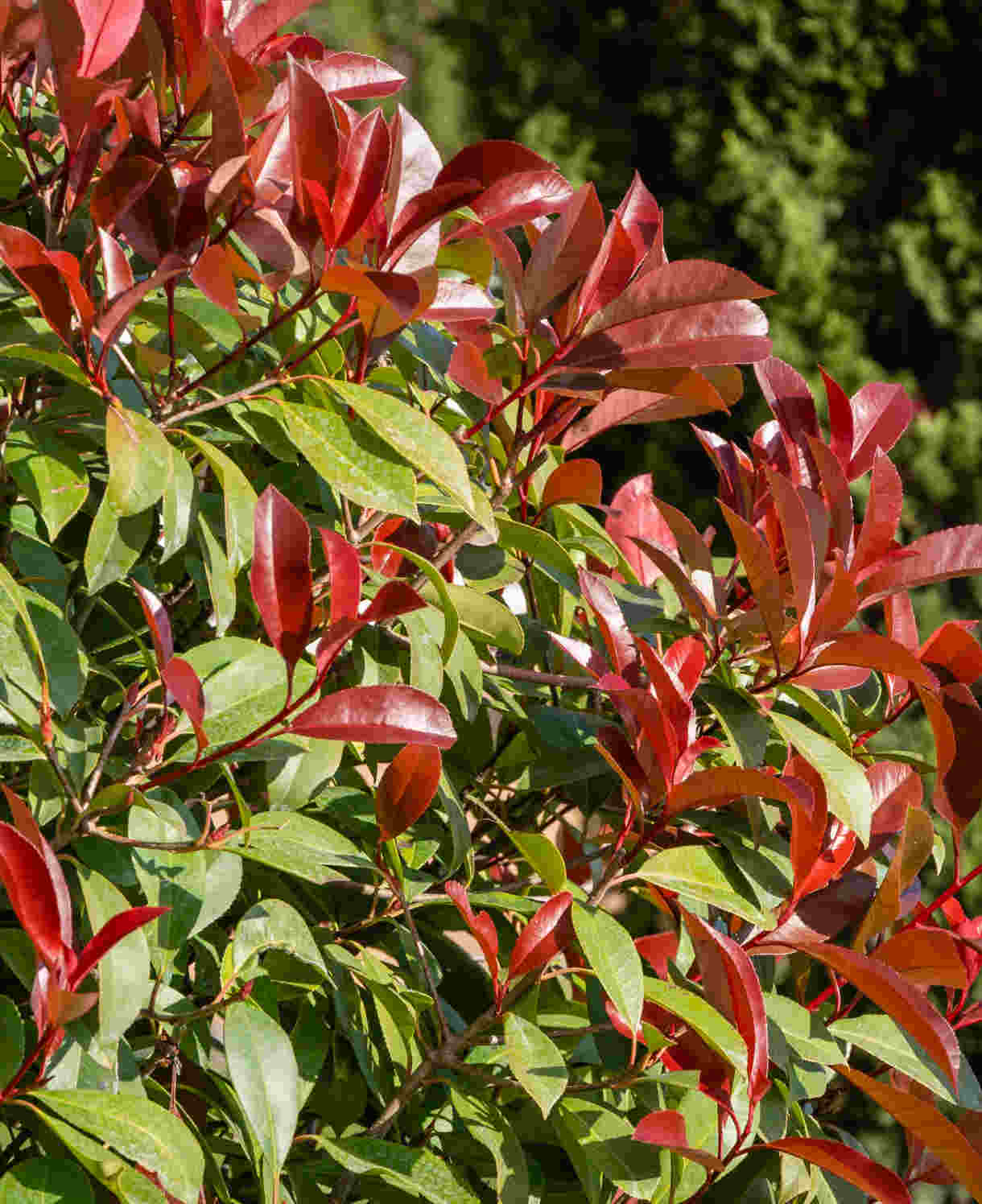
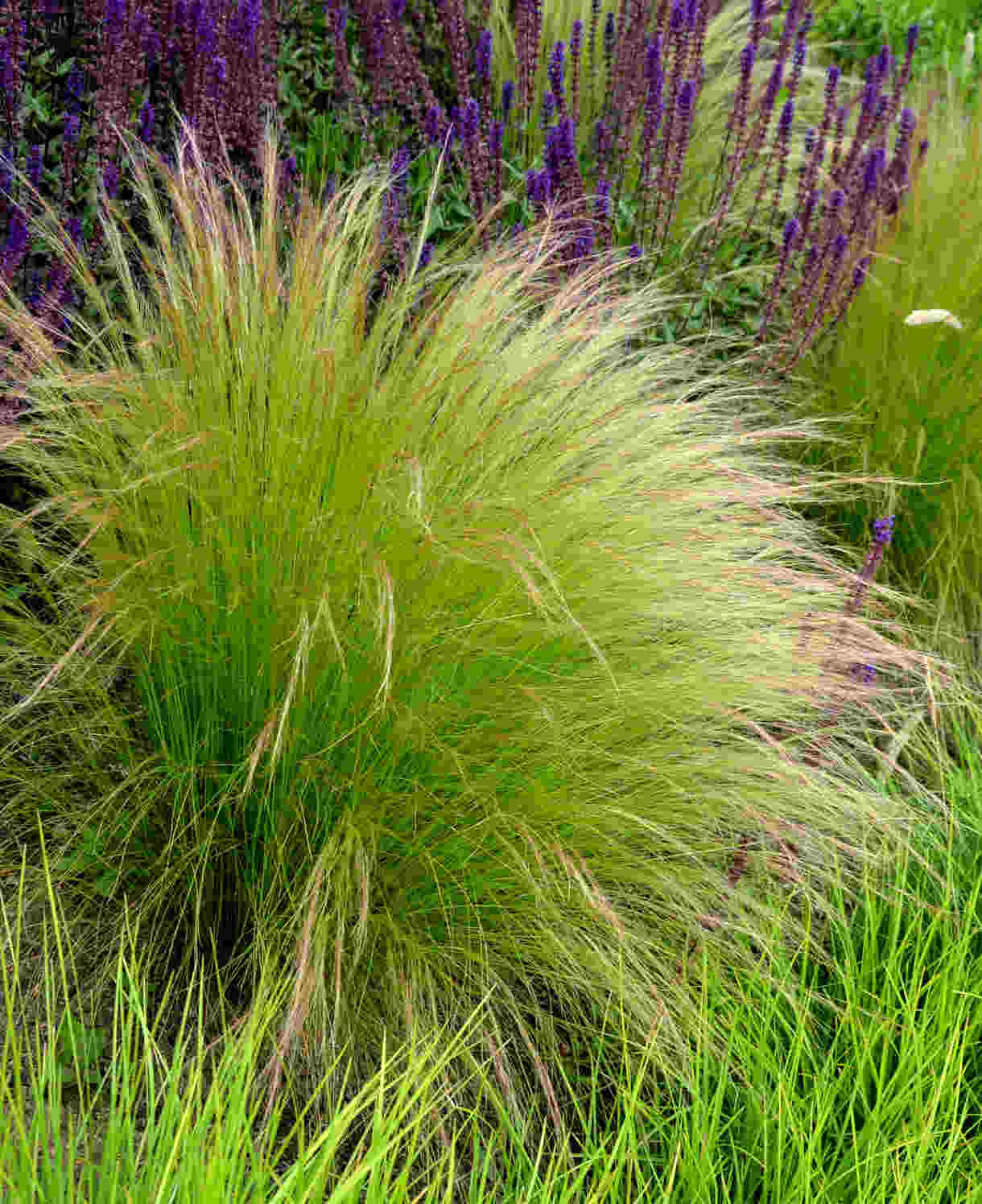

How to care for Galega
Pruning and Deadheading
Plants will naturally die back in late autumn so, if desired, tidy away spent foliage. Remove spent flowers before they turn to seed if you do not want your plant to spread.
Watering
Keep an eye on moisture levels whilst plants are establishing and water as needed. Also pay particular attention during long spells of drought.
Cold Protection
Galega is fully hardy and able to withstand even a very cold UK winter without the need for additional protection.
Pests and Diseases
May be impacted by pea and bean weevil or aphids and can be susceptible to powdery mildew.
How to propagate Galega
Propagate from saved seed in pots during spring. Soak saved seeds in warm water overnight then pot up into compost and place in a cold frame.
Alternatively, plants can be divided in spring or late autumn. Choose a day when the soil is not frozen or waterlogged. Dig the plant out of the ground and shake off any excess soil. Separate the plant into sections and discard any old, damaged, or surplus pieces, keeping only healthy, vigorous material. Replant decent-sized pieces where desired or pot up to establish and used later. Water well until fully established.
* Many plants carry Plant Breeders Rights and cannot be propagated for commercial purposes.
Common Galega questions
Does Galega spread?
As with many herbs, in the correct environment Galega can form impressive clumps. To avoid this, just cut the plant back hard after flowering.
